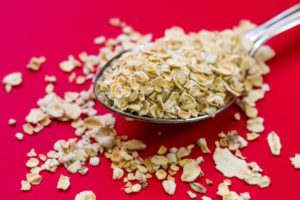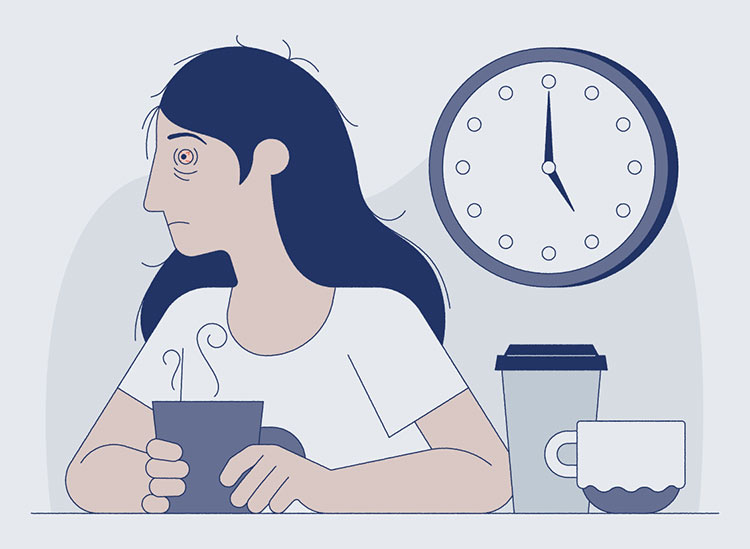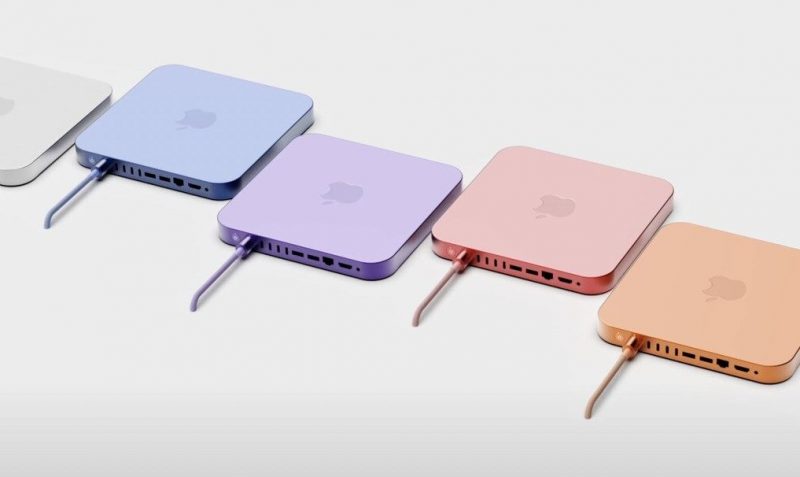1. Vegetables Of All Kinds
Vegetables should form the basis of most meals, rather than meat. It’s important to eat the rainbow, meaning veggies of every color, in order to get a full complement of nutrients. Great low-carb choices are mushrooms, onions, eggplant, tomatoes, Brussels sprouts, and low-carb squashes like zucchini.
Vegetables add flavor and texture to your meals and they can be dressed up in any number of ways. Low-fat dressings, hummus, salsa, and guacamole all work very well on a diabetes diet. But roasting veggies brings out their natural sweetness and you may find you don’t need a ton of embellishment.
Try roasting with a sprinkle of your favorite herbs and spices, and top afterwards with some fresh ground pepper.
2. Greens
Leafy greens are great because they’re nutrient packed and can serve as either a bed or topping for many different proteins. There is a huge variety of greens available, too.
Skip the iceberg lettuce, as it is largely water, and stick with leaves of romaine, green, and red varieties. To keep it fresh and avoid boredom, extend your repertoire to greens like spinach, chard, and kale.
3. Flavorful Beverages
Drinking plenty of water is crucial to any diet, and people with diabetes tend to lose water faster than others because the body uses it to flush away excess glucose. Drinking water to prevent diabetes is about keeping your system running smoothly and tamping down cravings for less healthy foods. Plain water is all you need, but sometimes you may want a bit more flavor to keep things interesting.
Try infusing your water with fresh fruits or vegetables. Popular choices are lemon or cucumber slices, but feel free to get creative. A splash of pomegranate juice, for example, adds a fun zing to your water as well as a pleasing color and helpful antioxidants.
Tea drinkers can switch to iced tea after their morning cup and flavor it with lemon, peppermint, or cinnamon. Another fun idea is to make flavored ice cubes to put in your beverages. You can add straight juice, or muddle your favorite fruit or veggie a bit before placing a piece into each compartment in the cube tray.
4. Melon And Berries
For fruit-lovers, melon and most varieties of berries are an excellent snack because one cup contains just 15 grams of carbs. Fruit can also satisfy your sweet tooth without spiking blood sugar too much because it contains fiber to slow down absorption.
Eat your berries and melon plain or as a topping on plain yogurt or oatmeal. These fruits go nicely in ice cubes, too.
5. Whole Grain, High Fiber Foods
High fiber foods are useful for slowing and facilitating digestion without spiking blood sugar. Getting enough fiber can help you feel full longer after a meal and avoid overeating. Healthy choices are peas, lentils, dried beans, whole grain bread, and oatmeal.
Diabetes-prevention diets are typically low-carb, but that doesn’t mean no carb. Your body needs some carbohydrates for fuel; that’s why they feel so satisfying to eat. Building in a variety of whole grain, high fiber carbs won’t overload your system and keep mealtime interesting to boot.
6. Don’t Forget The Fat
Healthy fats are also crucial to good eating. While you want to avoid getting too much saturated fat, there are many delicious sources of unsaturated fat that help us feel full and keep us happy. Fat slows the absorption of carbohydrates into the bloodstream, so it’s actually quite important for blood sugar stabilization.
But beyond simply feeling satiated, fat is necessary for the proper absorption of certain vitamins. Without a fat source, vitamins A, D, E and K can’t deliver their powerful benefits. You needn’t feel guilty about eating things like avocado, fatty fish, and olive oil, whether you are trying to prevent diabetes or already suffer from it.

Protein is the mechanism by which our muscles, hair, and other tissues are built and repaired. It’s an important part of any healthy diet, especially because our bodies don’t store it and constantly need a new supply. Several popular diets recommend very high protein and low carb diets for weight loss, but we don’t recommend it for a diabetes-prevention diet.
Keto or low carb diets tend to eschew things like fruit and vegetables, meaning that you’ll miss critical nutrients and fiber. It’s better to eat a balanced diet of protein, healthy fats, and then carbs. Smart protein choices are Greek yogurt, cottage cheese, eggs, nuts, and lean meats.
The best diet to prevent diabetes is one in which the majority of your food is fruit and vegetable. This ensures a proper balance of vitamins, minerals, fiber, phytonutrients, complex carbohydrates, healthy fats, and proteins.
However, things like dairy products and lean meats are also okay. Just steer clear of products made with refined white flour, which will spike blood sugar through the roof. Always choose organic to reduce your risk of developing diabetes by exposure to pesticides!





















